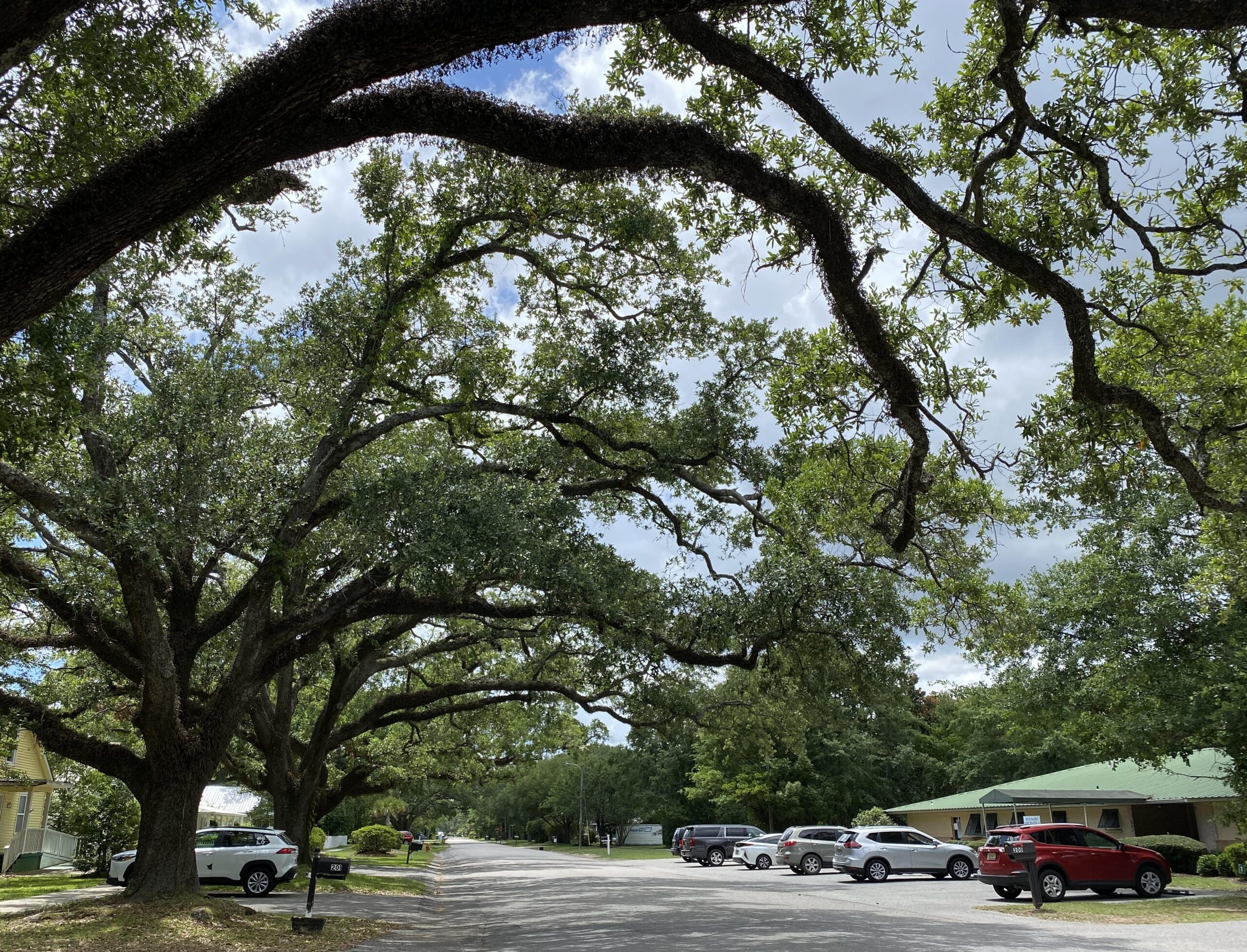FOLEY – More trees along Foley streets will make neighborhoods more attractive, walkable and safer under a proposal approved by the city Planning Commission.
The commission voted to amend Foley’s subdivision regulations to require that trees be planted on street rights of way in subdivisions proposed for approval.
Wayne Dyess, executive director of infrastructure and development, said adding trees will have multiple benefits.
“Street trees bring value to a community including beautification, walkability, traffic calming and storm-water benefits,” Dyess told commission members. “When you look at beautiful streets, they usually have trees.”
He said trees are good for neighborhoods and for residents.
“It creates a nice environment and fosters a sense of pride in your neighborhood and your community,” Dyess said. “It gives it an identity and boosts morale and positive effects on property value.”
Under the regulations, trees would be planted along rights of way between sidewalks and the road. New trees would have to be at least 8 feet tall and 3 inches in diameter.
The trees would be planted before houses are built. The regulations also call for trees to be protected during construction.
After subdivisions are accepted by the city, Foley would take over maintenance of trees in the rights of way in the same manner that the city maintains accepted sidewalks and streets.
Dyess said that as the trees grow, the canopy will make the street appear less open. An enclosed appearance will make many drivers slow down.
Another safety factor is that the regulations call for trees to be planted between the sidewalks and street, providing a barrier between strollers and traffic.
“When you place the street trees between the sidewalk and the travel lanes of the street, it also creates protection for the pedestrian walking because it creates a little buffer zone there,” Dyess said.
The regulations also call for different species of trees to be planted in a neighborhood. Planting different species will reduce the chances that many trees will die at the same time either from diseases spread among similar varieties or as the same type of trees all reach the end of their life cycle.
He said deciduous trees that shed their leaves in the fall would be better on many streets. The trees would provide shade in the summer, but would allow light and heat to reach the street during the winter.
One species that would not do well as a street tree would be live oaks. Dyess said that as the large trees grow, their roots could damage sidewalks.
Trees would also help storm-water management, Dyess said.
“When you have street trees, the roots absorb and filter the water but also as the water droplets fall from the sky, they act as a dissipater,” he said. “As the rain hits the tree, the limbs and the leaves, it disperses and spreads out so it’s not going directly to the ground which slows the velocity down as well which is another benefit.”
The approved regulations would apply to new subdivisions as development proposals come to the city for approval. The changes would not apply to developments already approved.



